At BestCashCow, we get asked a lot why we focus our credit card section so heavily on travel rewards cards, and less so on cash-back cards (and not at all on no-interest cards, etc).
We believe that travel rewards cards are exciting and enable people to make vacation travel more accessible. They are also aspirational, making a higher class of service or nicer hotel rooms more within reach. In 2017 alone, I have traveled to Europe for work multiple times in first class when I might otherwise have been in coach. I have also taken my daughter on vacations in New Mexico and Hawaii, again flying in first class and staying in the nicest Starwood and Hyatt hotels.
It is our view that there is tremendous value to be achieved by people of all generations by focusing their spend on those cards that are most valuable to them and their needs. Within this framework, BestCashCow’s tables can guide you to the best cards for your needs without needing to spend hours trying to leaf through information that is designed for people obsessed with abusing the system that is found on some of the leading travel card blogs.
Importantly, there are three ways to win with travel rewards cards.
First is the sign-up bonus. While BestCashCow does not encourage flipping or abusing the credit card system, sign-up bonuses are simple and easy ways to get started in an airline’s program, a hotel’s program or a bank’s transferrable point program. BestCashcow makes it easy to find and compare the best sign-up bonuses here.
Second is the reward for ongoing spend. Here is where travel rewards credit cards can really sing. Anyone who has even been a member of a loyalty program knows that it is easy to redeem miles for much than one cent (we list our values of hotel points here and our value of airline points here). Where things really become interesting is that there are multiple cards that on their face reward more than one point per dollar of spend. For example, the Chase Sapphire Preferred and Reserve cards, for example, give 2x or 3x, respectively, in certain travel and dining categories. A Chase Ink Cash card gives you 5x on telecom and office supply store spend, up to a $25,000 maximum each year. A Chase Ink Preferred card gives you 3x on internet ad spends up to a $150,000 maximum each year. A Chase Freedom Unlimited card gives you 1 1/2x spend on all else. These cards all deliver Chase Ultimate Rewards points which – through many of these cards – can be transferred to United, Hyatt, British Airways or Singapore Airlines where they are easily worth over 2 cents a piece (we provide further detail on the strategy around Chase here). With the best cash back card delivering only 2 cents per dollar, we think finding a strategy involving one or more travel rewards cards from our list of the best cards for spend yields more value.
Third is the benefit for having the card. Most Delta Amex cards give you a free checked bag, as do most Chase United cards and those American Airlines cards issued by Citibank and Barclays. Citibank and Barclays cards also give you 10% of your American Airlines miles redeemed each year (up to 10,000 miles each year). The Chase Hyatt card gives you a free category 1-4 night each year on renewal. The biggest benefits, of course, come from the highest end cards. We find the Amex Platinum card compelling enough to cover its $550 annual fee with its $200 airline credit, Uber credits, lounge access at Centurion, Delta, and Priority Pass, and access to great benefits at Amex Fine Hotels and Resorts. The Chase Sapphire Reserve card and the Citi Prestige cards, likewise, are cards with $450 annual fees with their own sets of benefits that many will find compelling.
When you consider all of the opportunities in the above, we think travel and rewards cards are your best bets.

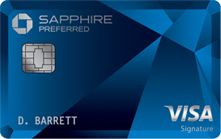


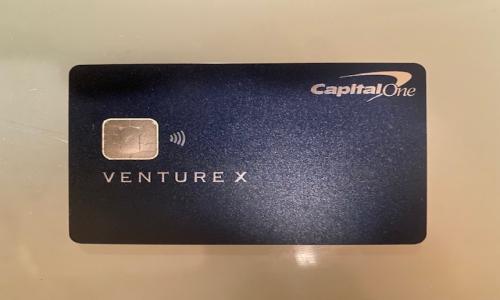


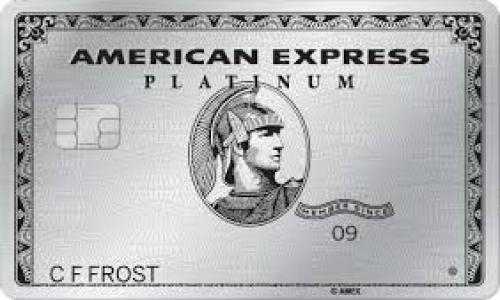
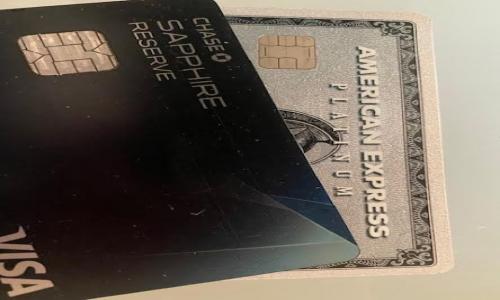
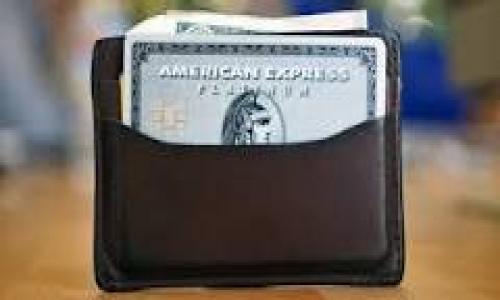

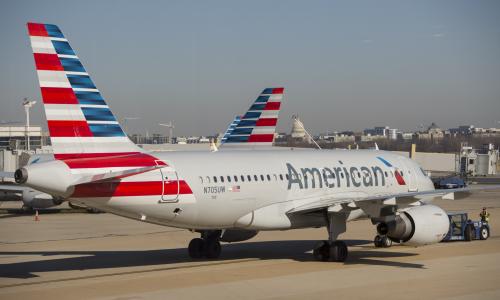
Add your Comment
or use your BestCashCow account